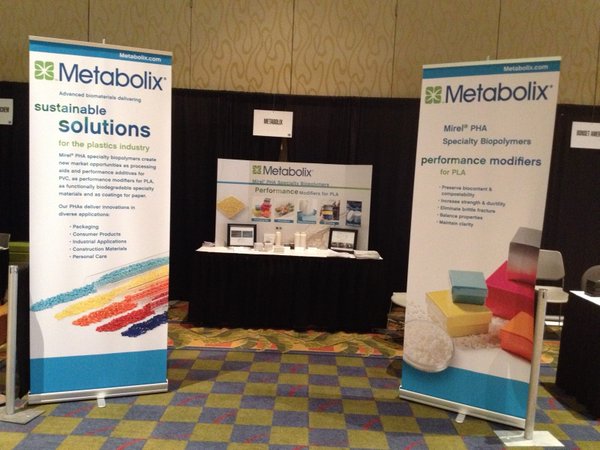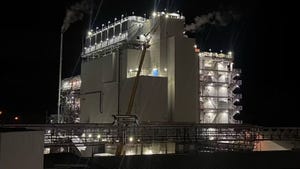Metabolix betting heavily on its innovative amorphous PHA
April 8, 2016

 At last week’s Innovation Takes Root conference, organized in Orlando by biopolymers manufacturer NatureWorks, Plastics Today had the opportunity to catch up with Max Senechal, Metabolix's vice president of strategy and commercial development, and to talk about the latest news from Metabolix. The conversation centered on the company’s Mirel amorphous PHA biopolymers, and of course, on the memorandum of understanding the company recently signed with Korea-based CJ CheilJedang Corporation for a strategic commercial manufacturing arrangement for these specialty PHAs.
At last week’s Innovation Takes Root conference, organized in Orlando by biopolymers manufacturer NatureWorks, Plastics Today had the opportunity to catch up with Max Senechal, Metabolix's vice president of strategy and commercial development, and to talk about the latest news from Metabolix. The conversation centered on the company’s Mirel amorphous PHA biopolymers, and of course, on the memorandum of understanding the company recently signed with Korea-based CJ CheilJedang Corporation for a strategic commercial manufacturing arrangement for these specialty PHAs.
“The memorandum of understanding is the next step in scaling up the production of a-PHA,” said Senechal. “Production will take place at CJ's existing Fort Dodge, Iowa facility based on Metabolix's PHA technology, and we��’ll sell it. The production unit will have a capacity of 10 metric tons per year, which is enough product to support strategic applications.”
So why is amorphous PHA so special? Over the past few few years, Metabolix has transitioned from a producer of commodity biopolymers to a specialty biopolymer company, with products designed to improve the characteristics of PLA and PVC. A-PHA is a key development, which Metabolix worked on for quite a number of years.
“It’s a unique PHA”, said Senechal. “And it’s extremely versatile, which is why it is front and center to the strategy of Metabolix.
Metabolix’s strategic pivot is built around three key components, according to Senechal, all three of which are enabled by a-PHA. “In the first place, we have use of a-PHA as an additive for PVC, second as a modifier for PLA and third, in pure PHA, where functional biodegradation is important.”
He continued: “In PVC, the play is different. It is not about biodegradation or biobased. A-PHA is inherently safe and completely miscible with PVC, which opens up opportunities for PVC as a compatibilizer. As a process aid, it allows more filler to be added to the formulation and improves performance.”
As a modifier for PLA, it fundamentally alters the properties of the resin. “A-PHA is a rubbery, soft PHA which is able to modify crystalline PHAs for injection molding.
Asked about specific applications, Senechal said that the company was looking for applications that “bring significant value”, as the polymer is not necessarily the major polymer in the system.
“Metabolix has taken its new Mirel amorphous PHA biopolymer materials to market and is working closely with processors and brand owners in a range of applications,” he said. “But launching a new product is extremely challenging: not just making it, but also creating a new market.” Which is why the MOU with CJ is so important – it ensures availability of the product. But what about the price of the new PHA?
“We are positioning our PHAs as specialty materials,” Senechal admitted. “With the improvements and benefits our PHA delivers, especially in PVC and PLA, we are pricing in a way that aligns with the value our product delivers. At Metabolix, we’ve been down the commodity road. And now, with our new workhorse - a-PHA - we have successfully realigned into a specialty producer.”
About the Author(s)
You May Also Like


